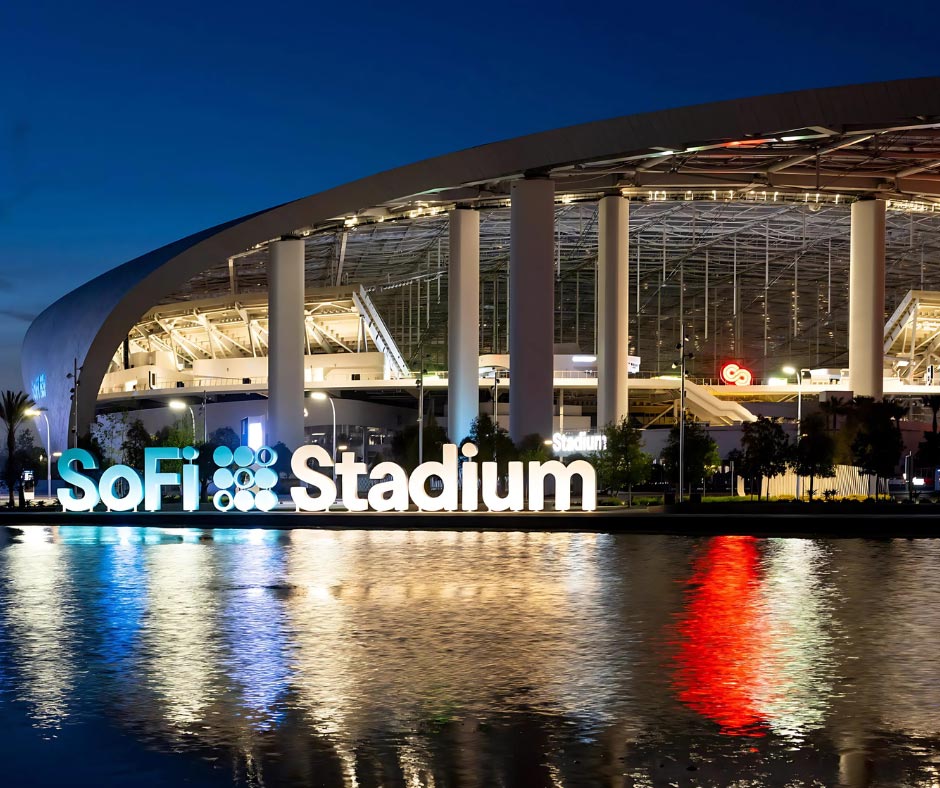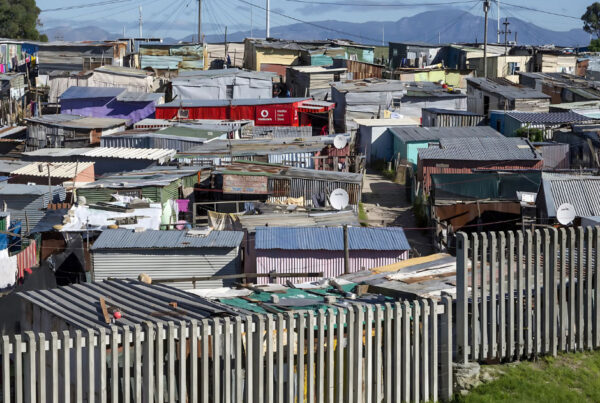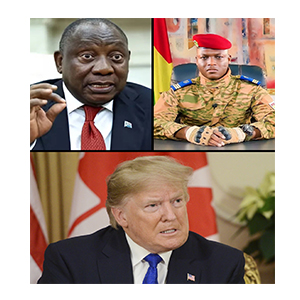With billions on the line, U.S. host cities are racing to turn World Cup dreams into economic dividends — but will the returns justify the investment?
When the 2026 FIFA World Cup lands in North America next summer, it will be the largest tournament in the competition’s history, featuring 48 teams, 104 matches, and 16 host cities across the United States, Canada, and Mexico. For the 11 U.S. host cities, the World Cup is not just a sporting event — it’s a global economic stage, and the stakes are enormous.
From Atlanta to Seattle, municipal governments, tourism boards, and private partners are investing heavily in infrastructure, hospitality, and transport to accommodate the expected surge of visitors. Early projections from BCG and U.S. Soccer estimate that the tournament could generate $5–6 billion in economic activity across North America, with the U.S. responsible for up to $3.5 billion.

Take Los Angeles, for example. It’s SoFi Stadium — already one of the world’s most expensive sports venues at $5.5 billion — is scheduled to host multiple matches, including knockout rounds. The city has launched a $350 million mobility and tourism upgrade plan to handle the anticipated footfall of over 700,000 international visitors.
Meanwhile, Atlanta’s Mercedes-Benz Stadium, which will host five matches, including a semifinal, is undergoing a digital infrastructure upgrade focused on biometric access, crowd analytics, and enhanced fan experiences. Local officials expect the event to inject nearly $500 million into the state’s economy through hospitality, ticketing, and international media exposure.
But the long-term impact is harder to quantify. Studies from previous World Cups — notably Brazil 2014 and South Africa 2010 — show a pattern of overpromising and underdelivering when it comes to economic legacy. Stadiums turned into white elephants. Public costs spiralled. Tourism booms faded within a year.
Why the U.S. Case May Be Different
Where past hosts spent billions on building new infrastructure, U.S. cities are leveraging existing NFL and MLS stadiums, reducing capital expenditure significantly. Instead of “build and hope,” American host cities are adopting a strategy of “optimize and monetize.”
“This isn’t about shiny stadiums — it’s about how the event integrates into the city’s economy,” says Dr. Carla Herrera, an urban economist at NYU. “U.S. cities already have capacity. Now it’s about conversion.”
For example, Kansas City is branding itself as “America’s World Cup Welcome City,” using the event to promote regional business hubs and attract foreign direct investment. Similarly, Miami is aligning World Cup planning with its global positioning strategy in fintech, fashion, and sport tech.
Cross-Border Logistics and Tax Policy
One of the most unique challenges of the 2026 edition is the tri-nation format. Moving teams, fans, and media between Canada, the U.S., and Mexico will require coordinated visa policies, simplified border entry systems, and FIFA-sanctioned temporary tax exemptions — a highly debated topic.
As of June 2025, FIFA has received agreements from all 11 U.S. host cities for tax-free zones related to ticket sales, merchandise, and broadcast revenue, mirroring arrangements used in previous World Cups. These exemptions are controversial, as they reduce immediate tax revenue, but FIFA argues they are essential to staging the tournament.
Who Actually Benefits?
There’s growing scrutiny around who profits from the World Cup. Critics argue that large hotel chains, global sponsors, and FIFA itself walk away with the lion’s share, while local businesses are often priced out or underutilized.
However, several U.S. cities are now attempting to break that cycle. Philadelphia, for instance, has mandated a 20% local vendor inclusion clause for all city-run World Cup events, with preference given to minority-owned enterprises. Dallas is offering grant incentives for small businesses near the stadium zone to upgrade their services and signage for international audiences.
“The trick is not just to host the world, but to include your people in the process,” said Marlene Stewart, lead planner for Houston’s World Cup task force.
Legacy or Lost Moment?
The World Cup can offer soft power gains — improved city branding, increased tourism awareness, and long-term international partnerships. But success in 2026 will not be judged by attendance alone. It will be measured in lasting value — tourism retention, infrastructure usability, business expansion, and international perception.
Cities like Boston and Seattle are already using the event to market themselves as green, smart cities by launching sustainable transport initiatives, pop-up cultural hubs, and localized digital platforms aimed at international travellers.







